Sign up for workout ideas, training advice, reviews of the latest gear and more.

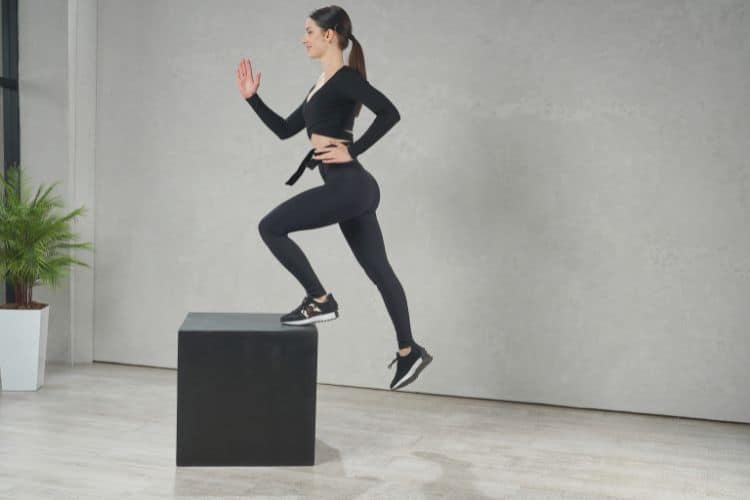
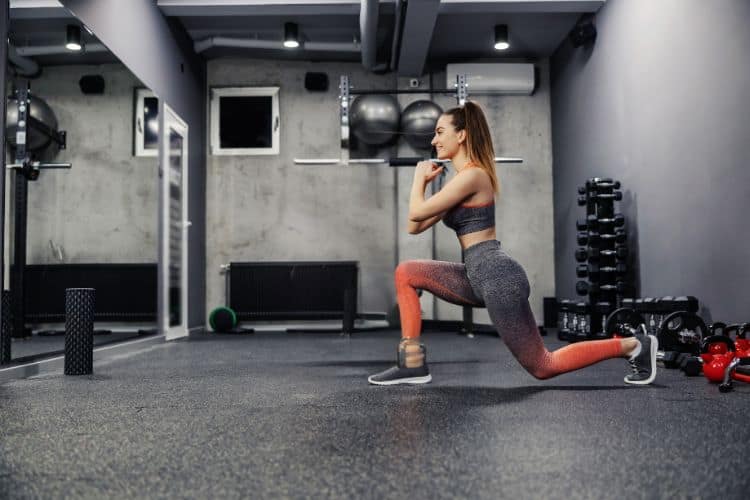
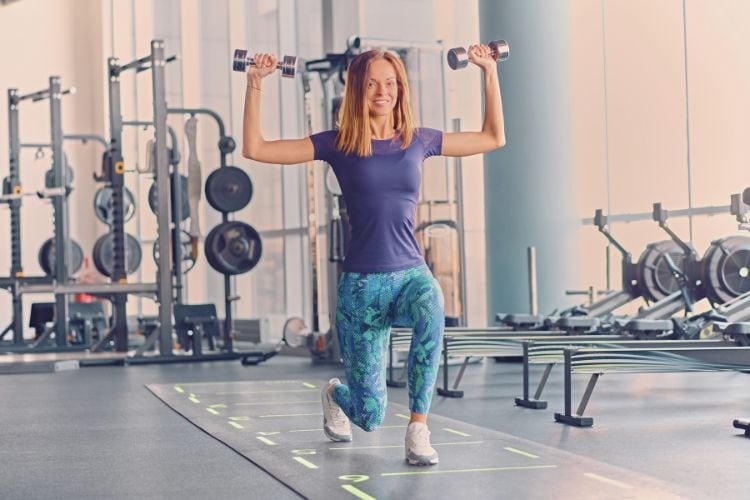
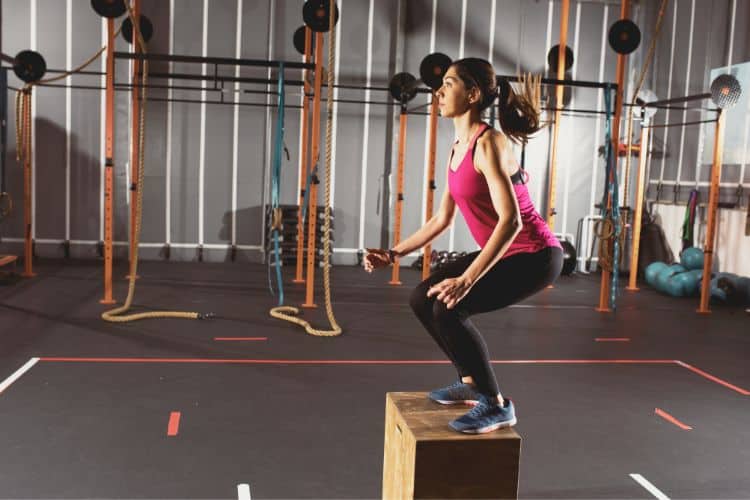
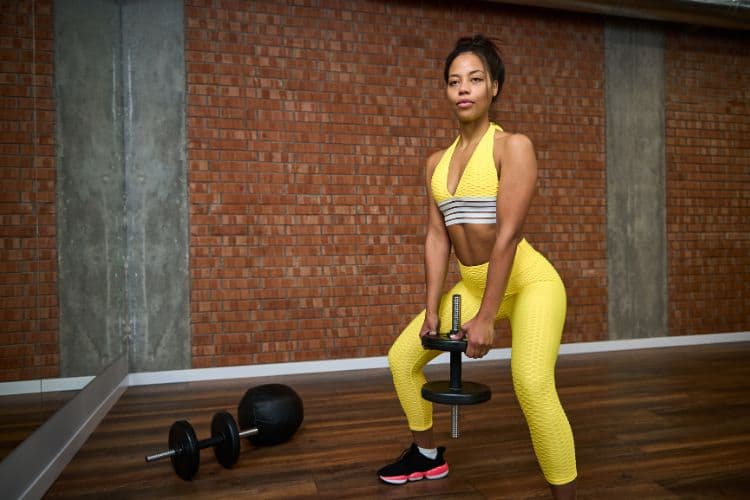
When it comes to building lower body strength and toning your glutes, quads, and hamstrings, few exercises are as effective as the squat. While barbell squats often steal the spotlight, dumbbell squat variations offer a versatile, accessible, and equally powerful way to train. Whether you’re a beginner working out at home or an advanced lifter looking to enhance your routine, incorporating dumbbell squat exercises can take your lower body workouts to the next level.
In this comprehensive guide, we’ll explore the best dumbbell squat variations, their benefits, proper form tips, and how to include them in your workout plan.
Dumbbells are more accessible than barbells or machines, making them ideal for home workouts or crowded gyms. With just a pair of dumbbells, you can perform a wide range of squat variations that target different muscle groups and enhance mobility.
Unlike barbell squats, dumbbell squats often require you to stabilize the weight at your sides or overhead. This naturally increases core activation, balance, and muscular coordination, which translates to better overall functional strength.
Dumbbell exercises tend to correct muscle imbalances more effectively. By working each leg individually in many of the squat variations, you help develop symmetrical strength and reduce the risk of injury, especially in the knees and lower back.
Here are 12 dumbbell squat variations that target your glutes, quads, hamstrings, inner thighs, and calves.
Muscles Targeted: Quads, glutes, core
The goblet squat is one of the most beginner-friendly dumbbell squats. Holding a single dumbbell at chest level, you perform a deep squat that enhances form, balance, and mobility.
How to Do It:
Muscles Targeted: Quads, glutes, upper back
Similar to the goblet squat but using two dumbbells, this variation increases the challenge and engages your upper body more.
How to Do It:
Muscles Targeted: Inner thighs, glutes, hamstrings
The wider stance of the sumo squat emphasizes the inner thighs and glutes, making it an excellent shaping exercise.
How to Do It:
Muscles Targeted: Quads, glutes, hamstrings, core
A killer unilateral exercise, the Bulgarian split squat challenges balance, flexibility, and single-leg strength.
How to Do It:
Muscles Targeted: Shoulders, core, quads, glutes
This full-body squat variation tests flexibility, mobility, and shoulder stability.
How to Do It:
Muscles Targeted: Glutes, quads, calves, core
For explosive power and fat-burning intensity, the dumbbell jump squat is a go-to move.
How to Do It:
Muscles Targeted: Glutes, quads, core, forearms
Mimicking the act of picking up two suitcases, this variation trains your legs while improving grip and posture.
How to Do It:
Muscles Targeted: Glutes, inner thighs, quads
This glute-focused movement also works your stabilizer muscles and challenges your coordination.
How to Do It:
Muscles Targeted: Quads, glutes, hamstrings
This stationary lunge variation offers targeted strength for each leg while keeping the spine aligned.
How to Do It:
Muscles Targeted: Quads, glutes, core, upper back
Inspired by barbell training, the Zercher dumbbell squat emphasizes posture and midline control.
How to Do It:
Muscles Targeted: Quads, glutes, calves
This time-under-tension move keeps constant pressure on the legs and helps build endurance.
How to Do It:
Muscles Targeted: Glutes, hamstrings, core, calves
Also known as the pistol squat to a box, this variation isolates each leg for maximal strength and control.
How to Do It:
To maximize benefits and prevent injuries, proper form is critical. Here are essential tips for executing dumbbell squats safely:
Keep your back straight and avoid rounding at the bottom of the squat.
Brace your abs throughout the movement to support your lower back.
Push through your heels—not your toes—to activate the glutes and hamstrings.
Lowering with control prevents joint strain and increases time under tension.
Start light, then gradually increase the dumbbell load as you gain confidence and strength.
You can use dumbbell squats in a variety of ways depending on your goals:
Adding these variations to your routine brings numerous advantages:
You’ll build power in the glutes, quads, hamstrings, and calves—essential for athletic performance and daily function.
Improved balance, mobility, and coordination through unilateral and compound movements.
Most dumbbell squat exercises double as a core workout due to the demand for stabilization.
Dumbbell squats are generally easier on the lower back and knees than heavy barbell versions, especially for beginners.
Perfect for home workouts or small spaces, requiring only a set of dumbbells.
Here’s a sample workout to build strength, tone your legs, and improve cardiovascular fitness:
Warm-Up (5 minutes)
Main Workout (3 rounds):
Rest: 60 seconds between rounds
Cool Down (5 minutes):
Whether you’re training at home or in the gym, dumbbell squat variations are a must-have in your lower body workout arsenal. They’re safe, effective, and incredibly versatile for all fitness levels. By mastering the various forms—from goblet squats to Bulgarian split squats—you’ll develop stronger legs, build functional strength, and enhance overall athleticism.
Remember: Proper form, consistent practice, and gradual progression are key to reaping the full benefits of these movements. Incorporate a mix of these dumbbell squat exercises into your weekly routine and challenge yourself to get stronger with each workout.
Want more workout and video guide?
Follow us on Pinterest, Facebook, and Subscribe to our Newsletter and Stay tuned for FREE downloads of our App coming soon!
Stay up to date on the latest women’s health, fitness and lifestyle trends and tips.